BANI and the Participatory Panopticon
Jan. 14, 2023. 9 mins. read.
15 Interactions
Jamais Cascio explores the impact of the Participatory Panopticon and its convergence with the BANI framework. Can we discover paths to navigate chaos in our ever changing world?
I’ve been a futurist for over 25 years, and I’ve learned that an important part of doing professional foresight work is the acceptance that much of what we imagine and speculate upon will be entirely wrong. This is fine; as I’ve said in a number of talks, part of the goal is to be “usefully wrong,” able to gather insights and make connections from otherwise off-target forecasts. That said, it’s nearly always pleasant to have a forecast map closely to real world developments (“nearly,” because some scenarios are very dire, and I desperately want to be wrong about them).
Among the forecasts and scenarios I’ve created and made public over the years, the first one to draw real attention also turned out to be one of the most prescient: the “Participatory Panopticon.” And it turns out that the Participatory Panopticon is a valuable example of thinking through a BANI lens.
The core idea of the Participatory Panopticon is that portable technologies that combine always-on network connections, high-quality cameras, and large amounts of cheap data storage will radically change our behavior, our politics, and, in so many ways, our lives. We would be surrounded by constant observation and recording of our actions (the Panopticon part), but not just by authorities surveilling us, by our peers, both friends and strangers (the Participatory part). We’d be able to pull up archived recordings or put the video online live, and we all would be doing it.
This might sounds everyday in 2022, but I first started writing about the concept in 2003, and started speaking in public about it in 2005. Mobile phones with cameras (then referred to as “cameraphones”) had existed for a couple of years, but they were slow, very limited in what they could capture, and produced terrible pictures. At best they were on 2G “Edge” networks, so uploading even a low-resolution image could take minutes. None of what I talked about in the Participatory Panopticon would be an obvious implication of the technology of the day. There were hints, and broadly-connected examples, but nobody else had put the pieces together, at least for a public audience.
Let me be quick to note that much of what I wrote and thought about the Participatory Panopticon was off-target. I had an odd focus on always-on recording (underestimating how intrusive that would feel) and wearable tech (still a few years off, even now). But the core of the concept resonated for many: being able to document the world around us, in real-time, through a vast number of personal devices, has enormous consequences for human interaction and politics. I’ve been told that it influenced the strategic direction for human rights organizations, and helped to push the concept of “sousveillance” into more common (albeit still limited) usage.
I say all of this not as a flex, but as a way of underscoring that this is a topic I have been thinking about for a long time. Even though it’s a nearly 20-year-old idea, it still has salience. In my view, the Participatory Panopticon offers a useful illustration of what BANI can mean.
(As a refresher: BANI stands for Brittle, Anxious, Nonlinear, and Incomprehensible, and is a framework for discussing and understanding the present chaotic environment, just as VUCA — Volatile, Uncertain, Complex, and Ambiguous — was for understanding the nature of the post-Cold War/early Internet era.)

Brittle
The “B” in BANI talks about changes that are sudden, surprising, and hard to ignore. Brittle systems seem strong but break — shatter, even — under a sufficient amount or sufficient kind of pressure. I would say that the way the Participatory Panopticon has engendered a brittle chaos is in its intersection with law enforcement. Pathological or harmful policing norms and habits that had persisted for decades remained hidden, allowing those behaviors to fester. We would have occasional stories or scandals, but it was easy for mainstream institutions to assume that these were outliers, since these episodes seemed so infrequent.
However, the technologies of the Participatory Panopticon upended all of this, and delivered a massive blow to the ability of mainstream institutions to simply ignore the prevalence of police violence.
We’ve seen a variety of responses to the digital shredding of the cloak over law enforcement behavior. Although attempts to change laws around police accountability have been largely unsuccessful, cultural norms about the legitimate and ethical use of police power have evolved considerably. The biggest change has been the adoption of police body cameras. This was a direct counter to the proliferation of citizen cameras; that the body cameras would add to the Participatory Panopticon was likely unintentional. However, the ability of officers to shut off body cameras, the tendency for the cameras to “fail” just when needed most, and frequency with which the recoded content is held as “private” by many law enforcement agencies have only fed the growth of citizen documentation of police behavior.
Anxious
The “A” in BANI points to changes that are often confusing, deceptive, and emotionally painful. Anxiety-inducing situations and conditions may result in dilemmas or problems without useful solutions, or with unavoidably bad outcomes. This is probably the most visible manifestation of BANI in the Participatory Panopticon world, as we’ve become hyper-conscious of the constant observation made possible by these tools. More importantly, many of us are relentlessly judged for our appearances and our behaviors, even if that behavior happened years in the past.
This, in turn, has prompted problematic choices like “face tuning,” allowing for changes not just in facial structure and skin quality, but even things like ethnicity, body form, and apparent age. “Social network anxiety” is a frequent subject of mass-media attention, but in the vast majority of cases, the aspect of social media triggering anxiety is visual — photos and videos.
Arguably, many of the fears and complications around privacy can be connected here as well. The original 19th century Panopticon was a design for a prison where all prisoners could be under constant watch. That there’s now a participatory element doesn’t decrease the oppressive nature of being under permanent surveillance. Moreover, the nature of data collection in 2022 means that the surveillance can be through metadata, even through inferences known as “probabilistic identifiers,” the creation of targeted personal information using machine learning systems on “anonymized” data. In other words, the cameras that don’t see you can be just as informative as the cameras that do.
Nonlinear
The “N” in BANI refers to changes that are disproportionate, surprising, and counter-intuitive. Input and output may not match in speed or scale. For the most part, the nonlinear elements of the Participatory Panopticon concern the exponential effects of network connections. Most of us are familiar with this; the utility of social media largely depends upon how many other people with whom we want to connect can be found on a given platform. The size and spread of a network greatly impacts one’s ability to spread a video or image around.
For many of us, this may not seem terribly chaotic in its day-to-day existence, as it’s a familiar phenomenon. The disruption (and ultimately the chaos) comes from the ability of networks like these to enable a swarm of attacks (abuse, doxing, threats, SWATting, etc.) on a particular target.
Seemingly out of nowhere, tens or hundreds of thousands of people attack a person they’ve been told has done something wrong. In reality, this person may not even be connected to the “actual” intended target. Although such mis-targeting can arise due to error (such as being confused for someone with the same name), in too many cases the driver is malice (such as being made a scapegoat for a particular, tangentially-related, event). Even if the attacks go after the “right” target, the impact of social swarm abuse on the psyche of an individual can be devastating.
Incomprehensible
The “I” in BANI looks at the changes that might be senseless, ridiculous, or unthinkable. Changes where much of the process is opaque, rendering it nearly-impossible to truly understand why an outcome has transpired. The incomprehensible aspects of the Participatory Panopticon are non-obvious, however. The technological aspects of the phenomenon are well-understood, and the social motivation — “why is this happening?” — can often be quite blatant: aggrandizement, narcissism, politics, and so forth. What’s incomprehensible about the Participatory Panopticon is, in my view, just what can be done to limit or control its effects.
One of the cornerstone arguments I made in the original public presentation of the Participatory Panopticon idea was that this situation is the emergent result of myriad completely reasonable and desirable options. I still believe that this is the case; each of the separate elements of a Participatory Panopticon (such as the ability to stream video or instantly map locations) have enormous utility. Moreover, the social (and political) value of a mass capacity to keep an eye on those with institutional, economic, or social power has become critical. This compounds the inability to take useful steps to mitigate or eliminate its harm.
Admittedly, this last element of BANI in the Participatory Panopticon isn’t as direct or clear as the others. We could instead simply argue that specific drivers of a chaotic world need not check each of the four BANI boxes; just being a catalyst for increased brittleness in social systems or anxiety among citizens may be enough.
The Participatory Panopticon has been a concept woven into my thinking for nearly two decades, and to me represents one of the clearest examples of the way in which technological developments can have enormous unintended (and unexpected) impacts on our societies and cultures — which then, in turn, shape the directions taken by developers of new technologies.
BANI, then, serves as a lens through with to examine these impacts, letting us tease out the different ways in which a radical shift in technology and society can lead to a chaotic global paradigm. We can then look at ways in which responses to one arena of BANI chaos — other forms of brittleness, for example — may help us respond to the chaos engendered by the Participatory Panopticon.
Giving a name to a phenomenon, whether the Participatory Panopticon or BANI itself, is a way of giving structure to our understanding of the changes in our world. As I said above, it’s a lens; it’s a tool to focus and clarify our view of particular aspects of the changes swirling around us. It’s not the only tool we have, by any means. But if giving names and structure to the increasing maelstrom of chaos we face helps us see a path through, the value of that tool should not be underestimated.
Let us know your thoughts! Sign up for a Mindplex account now, join our Telegram, or follow us on Twitter.


.png)

.png)


.png)
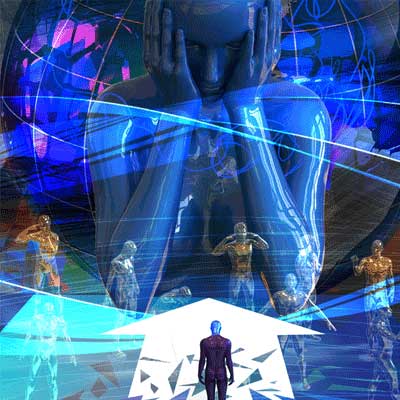

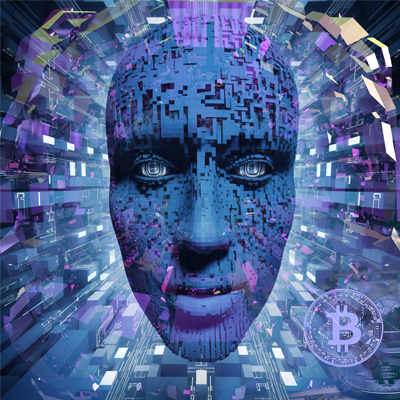
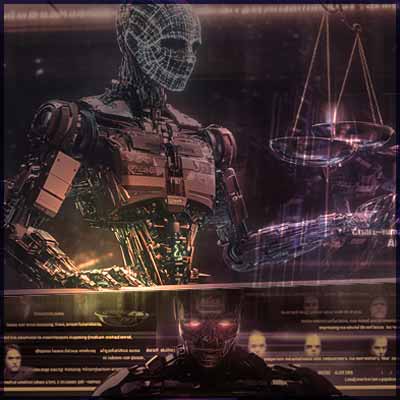


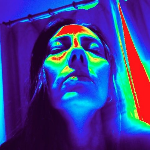


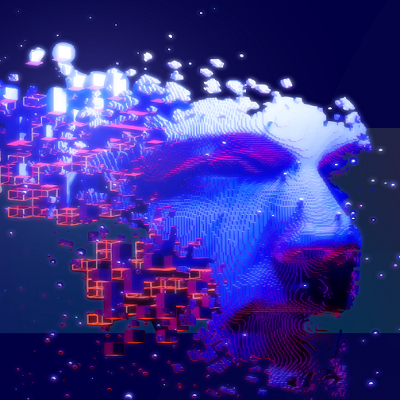

1 Comments
One thought on “BANI and the Participatory Panopticon”
🟨 😴 😡 ❌ 🤮 💩